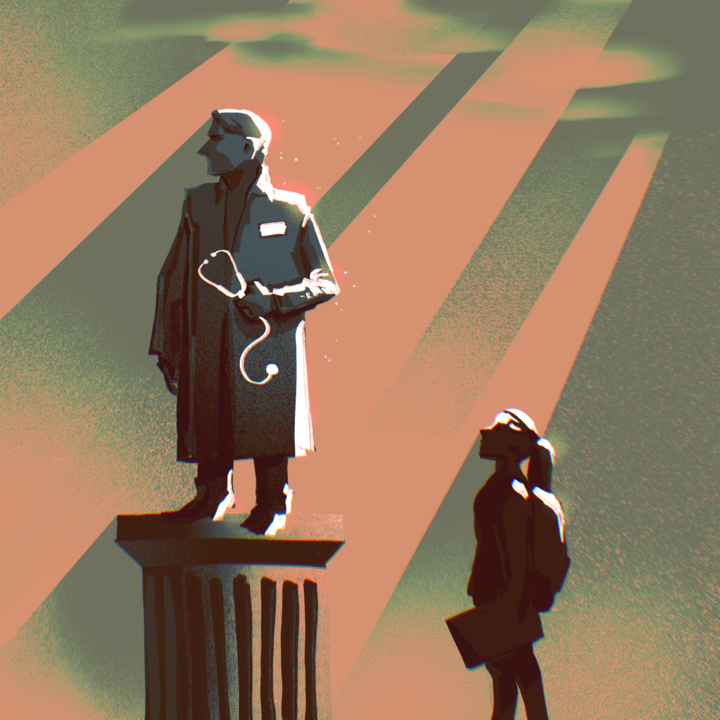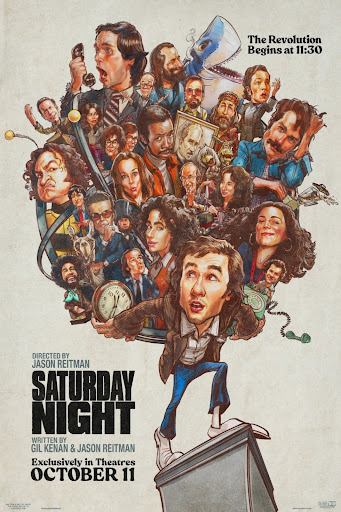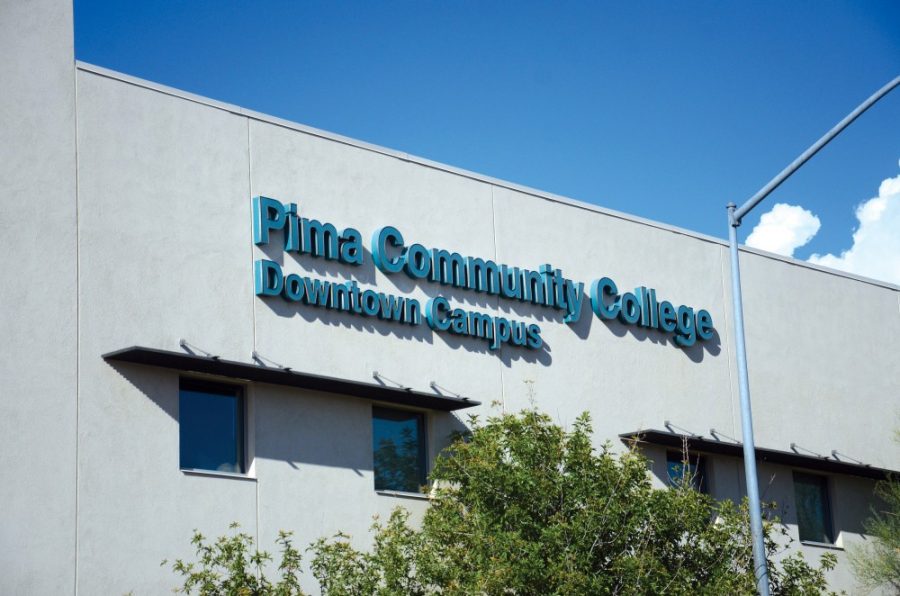You know that sneaking, sinking feeling you sometimes get at the end of a semester, after you’ve battled through final exams and papers and gotten your grades back? That feeling that, whether you got straight “”A’s””, the occasional “”C”” or straight-up failed, you didn’t really learn much?
Unfortunately, what may once just have been negative self-talk is proving startlingly true, according to a new book from University of Chicago Press. The book’s authors, in a study of 2,300 students at a wide variety of colleges and universities, found that across the board, college students aren’t learning much at all.
It’d be easy to discount the findings in the book, “”Academically Adrift: Limited Learning on College Campuses,”” if the authors had attempted to measure students’ grasp of content. After all, there’s no guarantee that students in diverse schools and majors would learn even remotely the same facts. But the study used the Collegiate Learning Assessment, which measures basic building blocks of education, including critical thinking and analytical reasoning, skills all higher education should provide, regardless of subject.
According to the book, 45 percent of students didn’t show a “”significant improvement in learning”” over two years of college; 36 percent showed no such improvement in four years of college.
The study also looked at the rigorousness of college classes and, not surprisingly, found that to be sorely lacking. What’s interesting in the study, though, is what it defines as rigorous.
It’s not advanced math or science classes, or high-level classes in the social and behavioral sciences, that define “”rigor”” in this instance. It’s good, old-fashioned reading and writing.
According to the survey, roughly 50 percent of students had never taken a course requiring 20 or more pages of writing, and a third had not been assigned even 40 pages of reading in a single class.
The UA can learn a lot from these startling findings. As a public research institution, its focus tends to be just that — research. Students are siphoned off from before their first day on campus into degree programs, with little room to explore or take classes in different disciplines. The general education classes required of all university students are notoriously lame and, regardless of the claims in course descriptions, far from reading and writing intensive. We’ve all taken some variety of freshman English; we all know what a sad excuse for a reading and composition-based class that is. Some teachers manage to wade through all the mediocrity and teach a passable English 101 class, but those occasions are few and far between.
And after English 101, for many students, that’s it. Any writing will be done in lab reports; reading will be even scarcer. Even English classes are hit and miss when it comes to rigor and volume of very basic skills like reading and writing.
This doesn’t mean that the UA, a top-notch school for research, should de-emphasize its strongest suit. Instead, the school needs to stop undervaluing and underestimating its students. It also needs to acknowledge that even someone who is capable of building a groundbreaking piece of astronomical equipment of discovering a cure for some exotic disease simply must have the building blocks of a college education in his or her arsenal, too. Those building blocks include critical thinking and analytical reasoning, which are in turn built from the very basics — reading and writing.
In order to provide a viable, well-rounded educational experience for its students that results in real learning, the UA must begin to emphasize — really emphasize, not sugarcoat or fake it — the fundamental skills of an educated person. If mediocre requisite classes are the only ones offered, they’ll be the only ones taken. The UA must trust its students with more rigorous fundamentals in order to create, not just professionals, but thoughtful, educated human beings.
— Heather Price-Wright is the assistant arts editor at the Daily Wildcat. She can be reached at letters@wildcat.arizona.edu.








